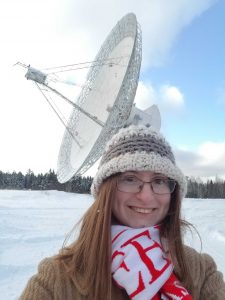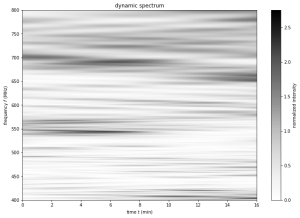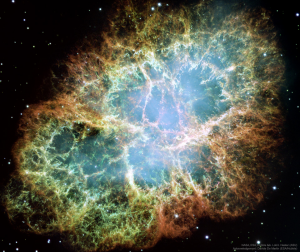Ashley is in her third year as a PhD student at the University of Toronto. She received her undergraduate degrees in Honours Physics and Engineering Physics at the University of Saskatchewan. Before starting at the University of Toronto, Ashley did summer research projects at the University of Saskatchewan, SNOLAB/Laurentian University, and Mullard Space Science Laboratory (University College London).
In her spare time, she likes to dance and knit.
How did you first become interested in Astronomy and Astrophysics?
The University of Saskatchewan has an observatory which gives public tours where they’d point a telescope at something like a planet or nebula and you could ask any astronomy questions you had. I went almost every week in my last couple years of high school. When I started university I knew I wanted to work at the observatory. This required me to take an astronomy class which eventually turned into taking a whole degree specializing in astronomy.
Can you tell us a little bit about your specific field of research?
I look at how pulsars twinkle as a result of gas in the Milky Way galaxy. Pulsars are a type of very small star (a typical radius is 11km) that can emit bright pulsed light in radio wavelengths. By looking at how the brightness of the pulsar changes in wavelength and time we are able to measure structures in the gas with sizes similar to the distance between the Earth and the Sun. I am interested in how these gas structures form.
What’s the most exciting thing about your research?
The gas structures that I am looking at are too small to be seen directly with telescopes. I’m excited by the mystery of measuring the unseen, because it makes me wonder about other things in the Universe that we have yet to discover.
What do you hope will be your next step, professionally?
I hope to continue teaching and learning about astronomy, either through science communication and outreach, or as a researcher.




